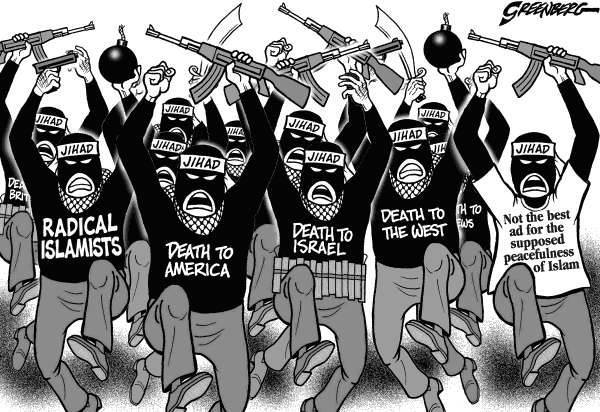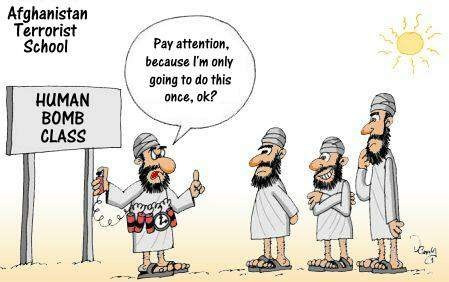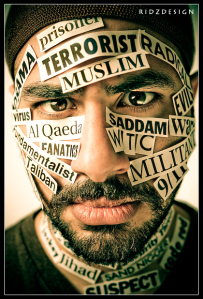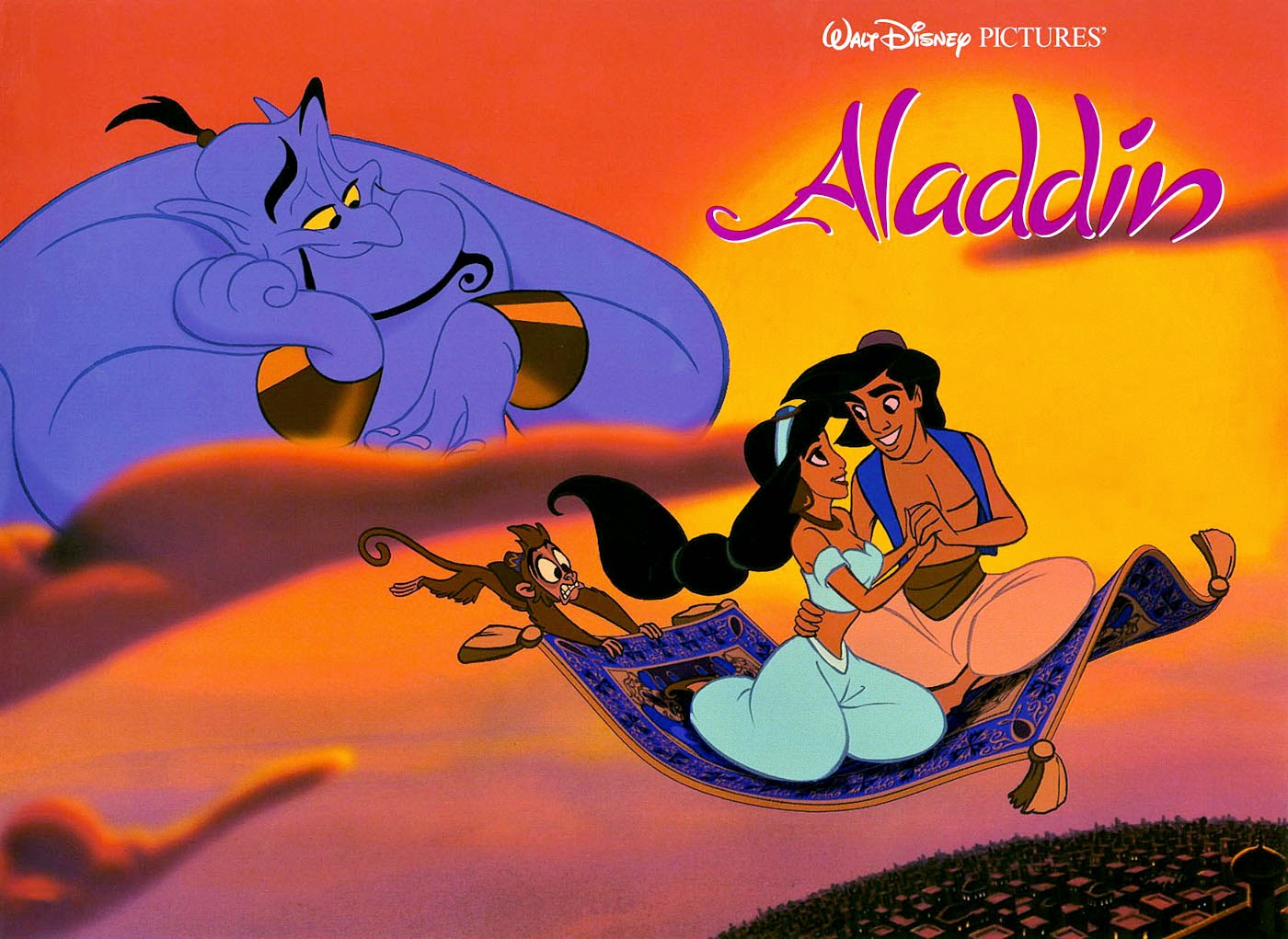Written by AppleFadila
Politics has always been a course of which includes the bright side and the gloomy side. It is a battle of both to the politicians. Politics is also a concerned issue in the local scene. The issue of 1Malaysia Development Berhad scandal has been circulated and exposed since the year 2014. First of all, 1Malaysia Development Berhad is a strategic development company formerly known as Terengganu Investment Authority, wholly owned by the Government of Malaysia. 1MDB leads market-driven initiatives to assist the Government in propelling Malaysia towards becoming a developed nation that is highly competitive in nature (1MDB.com). Its aim is to drive economic growth through joint ventures that bring foreign direct investment into Malaysia. It lays its focus on fields of energy, real estate, tourism and agribusiness (Bloomberg.com).
In Malaysia, the mainstream press mainly consists of the published newspapers that can be seen on newspaper stands. For examples Utusan Malaysia, Harian Metro and Kosmo. The three ways of reporting are reporting that are being carried out in a positive light, negative reporting and neutral journalism.
The positive reporting consists of two ways which are; showing support by direct words in their reports or non-coverage. What is meant by non-coverage? It literally means, when an issue is sensational, or more revelations or exposure have been made by the other media outlets, but some media, which mainly is the mainstream media may choose to keep silent on the arising revelations. Non-coverage and nil-reporting also constitute positive way of reporting as they choose to not touch at all on the sensitive revelations in their reports.
It has to be made known that most mainstream media outlets own a higher responsibility towards the government. It is because, they answer directly to the government and they are strictly governed by the Malaysian laws such as Defamation Act, Sedition Act, Printing Presses Publication Act, the Malaysian Communication and Multimedia Commission, and a few other related laws. They are bound to these rules and regulations.
For example, Utusan Malaysia’s article titled “1MDB jadi subjek serangan politik” clearly showed that Utusan is in favor of the government and connotes the government to be the “victim” in this scandal. Further in the article, it stated
“1Malaysia Development Berhad (1MDB) telah menjadi bahan serangan bermotifkan politik dengan objektif untuk menjatuhkan ketua kerajaan yang dipilih secara demokrasi yang tidak pernah berlaku sebelum ini” (Utusan Online).
Translated as;
“1MDB has been the subject of attack with political motives with the sole objective to bring down the head of government that had been democratically chosen; something that has never happened before”.
Next, there is also a neutral way of reporting which is more truthful. The media does not take sides and reports it in a truthful light. The issues are not hidden, but enlightened in such way that is neutral and does not show support nor hatred. The example of media that exercises this way of reporting is Sinar Harian. The journalists tend to report the issue of 1MDB without giving their own thoughts or opinions that may be inclined toward any political parties.
Meanwhile, some media even have a negative coverage on the issue that might “polute” the thinking of the people. Some might even consider it as the hurtful truth, but it is up to the public’s acceptance to put their basis and beliefs on certain stories. For example, media tabloids such as Harakah and Suara Keadilan are clearly produced by the opposition parties, hence their style of reporting are direct, unfiltered, and sometimes extreme. They also show support towards the opposition parties and will report on any revelations and exaggerate them so as to get the most attention on the issues at hand. As a result, Harakah was sued by the Prime Minister, Dato Seri Najib Tun Razak for defamation based on an online article by the online portal of the tabloid. Harakah failed to meet the PM’s requirements for settlement and that their failure to do so caused the case to be brought to court for trials (NSTonline, Hidir Reduan).

Image credit: NST Online Image source
It has to be taken into account that the new media which is the internet plays a vital role in disseminations of information at current. As most of them are written and handled by citizen journalists with no proper journalism qualifications, most of their posts are biased and include extreme reporting.
For example, “The Sarawak Report” had been banned and blocked several times because of their abusive articles. They also face multiple civil suits against them and mostly are still on-trial. Quoted from The Guardian, Sarawak Report was blocked two weeks after the website first reported on how investigators probing the debt-laden 1MDB discovered that some US$700m allegedly made its way into Dato Seri Najib’s personal bank accounts. Dato Seri Najib, facing mounting calls to resign, has denied receiving money for his personal use. The Malaysian Communications and Multimedia Commission, the country’s internet regulator, confirmed late on Sunday it had blocked Sarawak Report for reporting on what it called “unverified content” (The Guardian; Beh Lih Yi).
Because people demand to know more information about 1MDB conflict and only limited coverage can be found on mainstream media, hence it creates the urge to gain and demand more information to be released by the government. Especially opponent-biased newspapers urge the government to reveal more information or at least answer to most of the questions at rise. The government’s silent action may be caused by the fact that 1MDB scandal is a sensitive issue as it involves the goodname/ reputation of the country.
This is a totally different situation with the international media as they do not owe anything towards our government. They also exercise a free writing style and liberal in giving out their thoughts and opinions. As they are ungoverned by domestic laws, they freely report on our 1MDB issue and most shocking revelations also originated from these outside sources.
The United States, for example, is slanting left in their reporting style. This means they have become more liberal in their reporting. Conservatives have a point. Studies show mainstream media leans left, and that, as economists Tim Groseclose and Jeff Milyo have written, “an almost overwhelming fraction of journalists are liberal” (Fortune; Chris Mathhews).
On the other hand, Wall Street Journal (WSJ) is among of the loudest media outlets that revealed information on the 1MDB scandal. Among others are Al-Jazeera, The Sunday Times, The Times US, ibtimesUK, The Listening Post and The Edge.
At first, WSJ revealed that 700million USD was transferred into the PM’s personal account from unknown and shady sources. It further stated that the money may have come from the funding of 1MDB which is used in an ill-manner and that the PM misused his position as the head of government to attain “silent money”.
One of the articles by WSJ include one with the title “Malaysia Leader Under Pressure From U.S. Lawsuit Over 1MDB Assets” which stated the Prime Minister Najib Razak faced fresh calls to resign Thursday after the U.S. moved to seize more than $1 billion of assets allegedly siphoned from a development fund he founded (WSJ; Jack M.W).

1MDB issue was alleged to be closely-related to Malaysia’s international debts. However, the PM on June 11, 2016 (in Sarawak speech) said our debts are much lower than of the US’, Singapore’s and Japan’s. We are pretty much in a good financial state and Goods and Services Tax (GST) are going to be a great assistance to Malaysia’s economy.
The Dubai-owned news agency, Al-Jazeera, is also loud in their revelations on 1MDB issues. Al-Jazeera had also made documentaries on sensational issues such as the murder of Altantuya, the conspiracy of the disappearance of MH 370, and not to forget on the issue of 1MDB. Some might even question the eagerness of Al-Jazeera in reporting our 1MDB issue where they even went all-out to do their reporting. Some might think Al-Jazeera might have some hidden agenda by manipulating this issue. It is because their eagerness is extreme even though the issue does not concern on their countries’ welfare or of any importance to them. The same question rises upon WSJ and its reports. Some might question their eagerness to keep on looking for information to reveal from underground sources is extreme to a point that they may have the agenda to bring down the government of Malaysia and weaken Malaysia from within.(Al-Jazeera).
If that is the thought of international media, then what do local media have in mind? It can be clearly seen that tabloid such as Harakah and Suara Keadilan had been using this issue to their advantage, so as to continuously report and open more rooms for the public to view the government negatively. As the tabloid support the opposition parties, hence this will definitely benefit the opposition leaders and politicians.
The new media which is mostly written by citizen journalists shows a more extreme kind of reporting. They also intend to create doubts in the hearts of the citizens towards the government. The internet may exist as a platform to voice out opinions, but it is used and manipulated by certain groups of people to further spread hate towards the government. Websites such as Sarawak Report and Financial Daily were even banned in July 2015 because their contents were abusive towards the Government and violated the freedom of speech under Article 13 of Malaysian Federal Constitution. They also faced defamation sues for their actions.
Yes, it has to be taken into account some media may become “loud” in order to uphold the public’s rights and feed the public of what they want. But, as we live in a country that has strict laws, they should exercise journalism Code of Ethics so as to prevent any legal suits that will just cause financial loss to them, on top of a deteriorated reputation.
There is also the most recent court case regarding the 1MDB issue. The Sessions Court in Kuala Lumpur had sentenced the Parliament representative of Pandan, Rafizi Ramli with 18 months of imprisonment for the offence of revealing one page of the audit report on the 1Malaysia Development Berhad. The judge, Zulkarnain Hassan concluded the case, but it can be appealed at the Court of Appeal [PP vs Rafizi Ramli]. However, Parti Keadilan Rakyat (PKR)’s top leadership said the party is confident that lawyers representing its vice president Rafizi Ramli will proceed with an appeal against his sentencing at the Sessions Court (NST Online: Awaina Arbee).

Image credit: NST Online Image source
In a nutshell, the 1MDB issue has attained global attention, as well as getting mixed perceptions from the local citizens. The issue has become big because 1MDB concerns on people’s money, and the controversies surrounding it from Tabung Haji savings, and buying of lands above market price, and selling them back below buying price is viewed as so worrisome by the people.
However, some media especially the western media have exaggerated the issue with more and more revealing information, sometimes obtained from invalid sources. When the issue is all on the surface; that is when it obtains more and more critiques. Legal suits by the western countries such as the civil suit by the US on our PM had also caused the issue to be more sensational. Thus, as citizens, we should limit our involvements in such controversial reporting, and do not trust 100% on each and every article we come across, especially online.
References
1MDB.com. About Us: 1MDB. n.d. 10 November 2016 <http://www.1mdb.com.my/>.
Al-Jazeera. Calls for Malaysia PM’s resignation over 1MDB scandal. 22 July 2016. 11 November 2016 <http://www.aljazeera.com/news/2016/07/calls-malaysia-pm-resignation-1mdb-scandal-160721073904223.html>.
Bloomberg.com. Company Overview of 1Malaysia Development Berhad. n.d. 10 November 2016 <http://www.bloomberg.com/research/stocks/private/snapshot.asp?privcapId=140313786>.
CNBC News; Saheli R.C. Timeline: The twists and turns in the tale of 1MDB. 21 September 2015. 10 November 2016 <http://www.cnbc.com/2015/09/21/malaysia-fund-1mdb-pm-najib-plagued-by-fraud-allegations.html>.
Fortune; Chris Mathhews. Conservatives Are Right: The Media Is Very Liberal. 2 November 2015. 11 November 2016 <http://fortune.com/2015/11/02/liberal-media/>.
NST Online: Awaina Arbee. Lawyers will appeal court decision on Rafizi, says PKR deputy president. 14 November 2016. 15 November 2016 <http://www.newsjs.com/url.php?p=http://www.nst.com.my/news/2016/11/188531/lawyers-will-appeal-court-decision-rafizi-says-pkr-deputy-president>.
NSTonline, Hidir Reduan. 2016. 26 September. 10 November 2016 <ww.nst.com.my/news/2016/09/176146/pm-najib-harakah-fail-settle-1mdb-defamation-suit>.
The Guardian; Beh Lih Yi. Sarawak Report whistleblowing website blocked by Malaysia after PM allegations. 20 July 2015. 11 November 2016 <https://www.theguardian.com/world/2015/jul/20/sarawak-report-whistleblowing-website-blocked-by-malaysia-over-pm-allegations>.
Utusan Online. 1MDB Jadi Subjek Serangan Politik. 22 July 2016. 10 November 2016 <http://www.utusan.com.my/berita/nasional/1mdb-jadi-subjek-serangan-politik-1.356409>.
WSJ; Jack M.W. Malaysia Leader Under Pressure From U.S. Lawsuit Over 1MDB Assets. 21 July 2016. 11 November 2016 <http://www.wsj.com/articles/u-s-prosecutors-1mdb-case-divides-malaysia-1469096192>.





